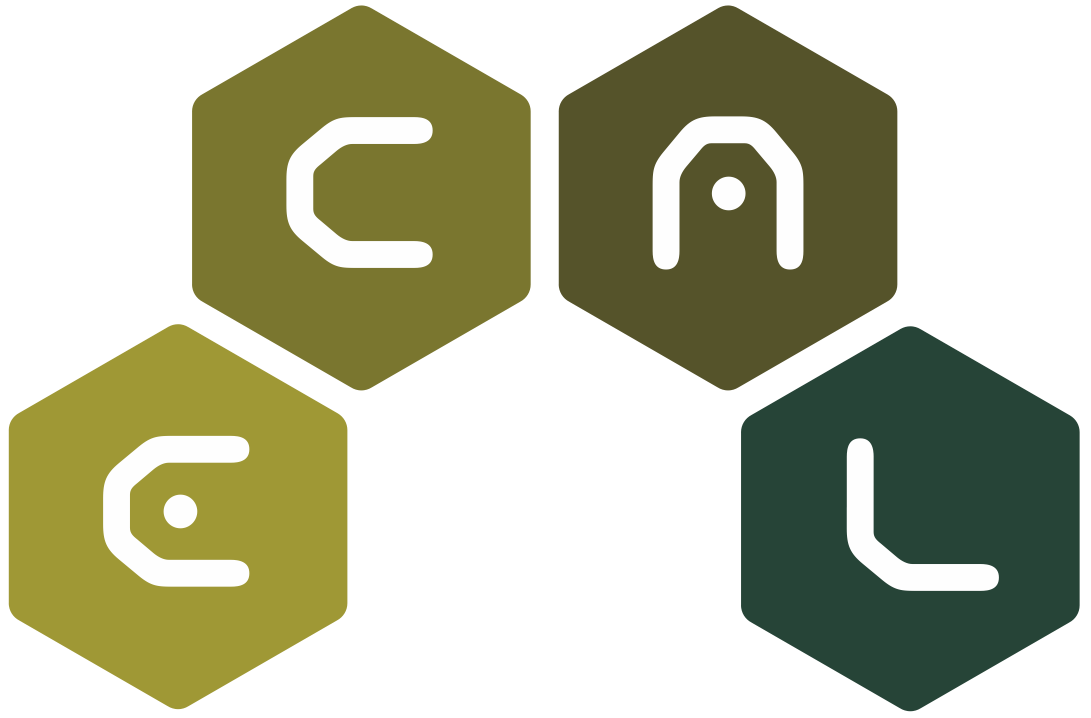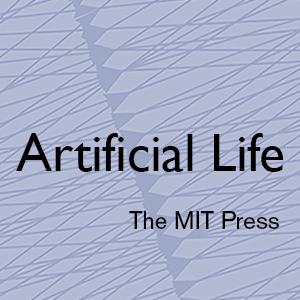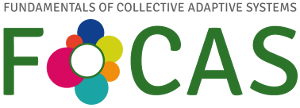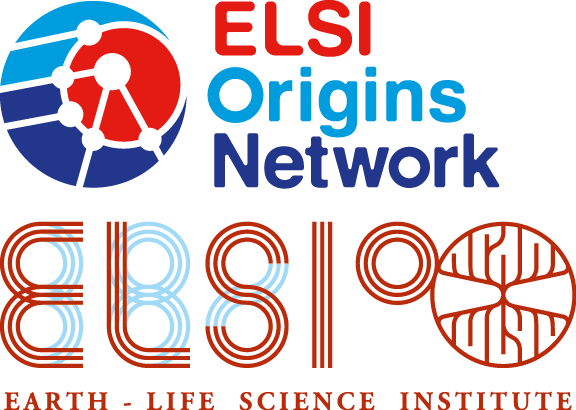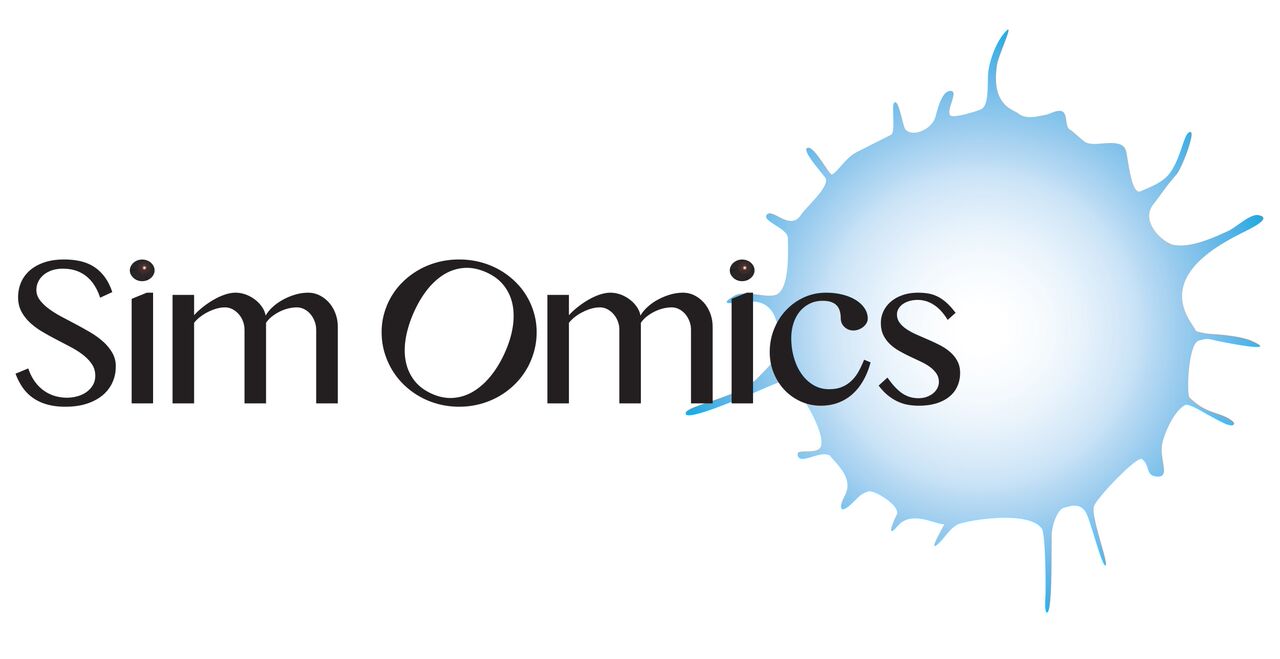Slime Mould Computers:
Prototypes, Models, Algorithms and Applications
The special session invites submissions on models, concepts, algorithms, architectures and experimental laboratory implementation if the slime mould computing, sensing and actuating devices. In its plasmodium stage, acellular slime mould P. polycephalum consumes microscopic particles, and during its foraging behaviour the plasmodium spans scattered sources of nutrients with a network of protoplasmic tubes. The plasmodium optimises its protoplasmic network that covers all sources of nutrients and guarantees robust and quick distribution of nutrients in the plasmodium's body. Plasmodium's foraging behaviour is interpreted as a computation: data are represented by spatial of attractants and repellents, and results are represented by structure of protoplasmic network. Plasmodium can solve computational problems with natural parallelism, e.g. related to shortest path, hierarchies of planar proximity graphs, computation of plane tessellations, execution of logical computing schemes, and natural implementation of spatial logic and process algebra. The special session deals with software, hardware and wetware realisations of Physarum machines: programmable by configurations of repelling and attracting gradients amorphous biological computing devices inspired by or implemented with the plasmodium of P. polycephalum. Exemplar topics of the submissions could be as follows:
- Hybrid wetware and hardware devices
- Slime mould based electronics
- Physarum inspired algorithms on graphs and networks
- Computing models and prototypes of slime mould computers
- Transport of particles by slime mould
- Physarum inspired calculi and logic
- Slime mould inspired algorithms of evacuation
- Computing oriented biology of slime mould
- Neuromorphic devices made of the slime mould
- Cognitive functions modelled with the slime mould
- Physarum in arts and music
- Slime mould sensors
- Cellular automata and particle based models of Physarum
- Physarum inspired robots
- Physarum controllers
- Novel materials inspired by slime mould
- Physarum and transport networks
- Slime mould intelligence
- Space exploration with slime mould
Organisers
- Andrew Adamatzky, International Center of Unconventional Computing, UWE Bristol, UK
Submissions
Please submit contributions using the standard submission instructions and select the appropriate special session when prompted.
